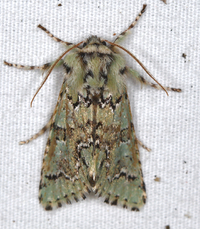
| Recorded by: Jim Petranka on 2025-03-23
Madison Co.
Comment: | 
| Recorded by: Jim Petranka on 2025-03-18
Madison Co.
Comment: |

| Recorded by: Jim Petranka on 2025-03-14
Madison Co.
Comment: | 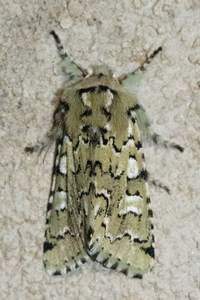
| Recorded by: Emily Stanley on 2025-03-13
Buncombe Co.
Comment: |

| Recorded by: Jim Petranka on 2025-03-13
Madison Co.
Comment: | 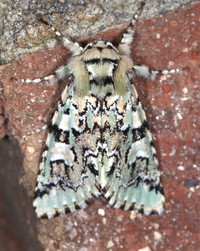
| Recorded by: Jim Petranka on 2025-03-10
Madison Co.
Comment: |

| Recorded by: Jim Petranka on 2025-02-25
Madison Co.
Comment: | 
| Recorded by: tom ward on 2024-03-17
Buncombe Co.
Comment: |
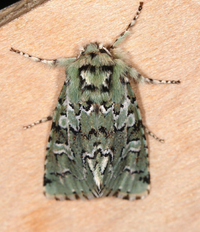
| Recorded by: Jim Petranka and Becky Elkin on 2024-03-14
Madison Co.
Comment: | 
| Recorded by: tom ward on 2024-03-13
Buncombe Co.
Comment: |
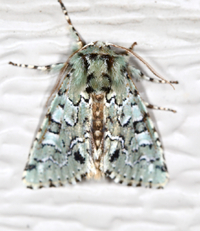
| Recorded by: Jim Petranka on 2024-03-13
Madison Co.
Comment: | 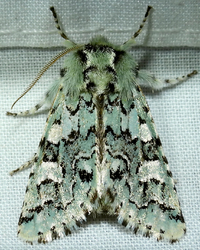
| Recorded by: tom ward on 2024-03-12
Buncombe Co.
Comment: |
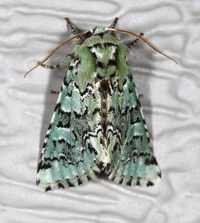
| Recorded by: Jim Petranka on 2024-03-05
Madison Co.
Comment: | 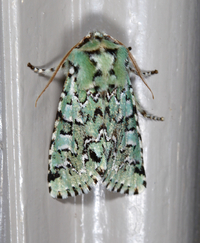
| Recorded by: Jim Petranka on 2024-03-03
Madison Co.
Comment: |
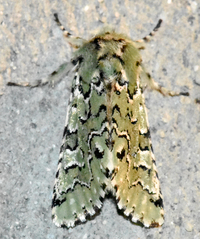
| Recorded by: Emily Stanley on 2024-02-27
Buncombe Co.
Comment: | 
| Recorded by: Jim Petranka on 2024-02-26
Madison Co.
Comment: |
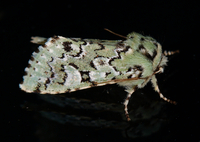
| Recorded by: Jim Petranka on 2023-03-23
Madison Co.
Comment: | 
| Recorded by: B bockhahn on 2023-03-06
Buncombe Co.
Comment: |
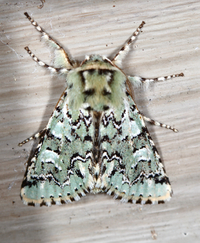
| Recorded by: Jim Petranka on 2023-03-05
Madison Co.
Comment: | 
| Recorded by: Jim Petranka on 2023-02-28
Madison Co.
Comment: |

| Recorded by: Jim Petranka on 2023-02-22
Madison Co.
Comment: | 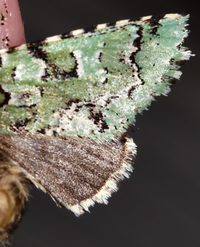
| Recorded by: Jim Petranka on 2023-02-22
Madison Co.
Comment: |

| Recorded by: Jim Petranka on 2023-02-16
Madison Co.
Comment: | 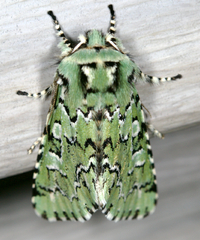
| Recorded by: Jim Petranka on 2023-02-09
Madison Co.
Comment: |
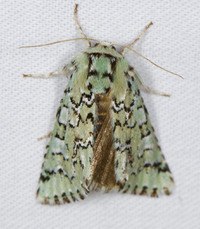
| Recorded by: Jim Petranka on 2022-03-30
Madison Co.
Comment: | 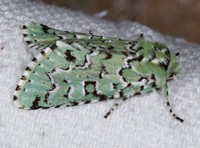
| Recorded by: Jim Petranka on 2022-03-23
Madison Co.
Comment: |
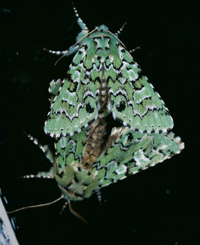
| Recorded by: Jim Petranka on 2022-03-06
Madison Co.
Comment: | 
| Recorded by: Jim Petranka on 2022-03-05
Madison Co.
Comment: |
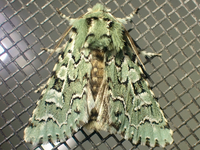
| Recorded by: tom ward on 2022-03-04
Buncombe Co.
Comment: | 
| Recorded by: Jim Petranka on 2022-03-04
Madison Co.
Comment: |
|

 »
»

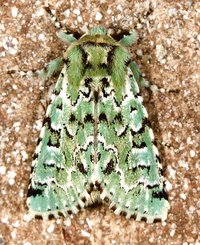
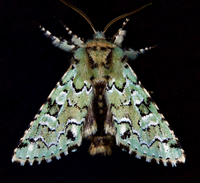

 »
»


